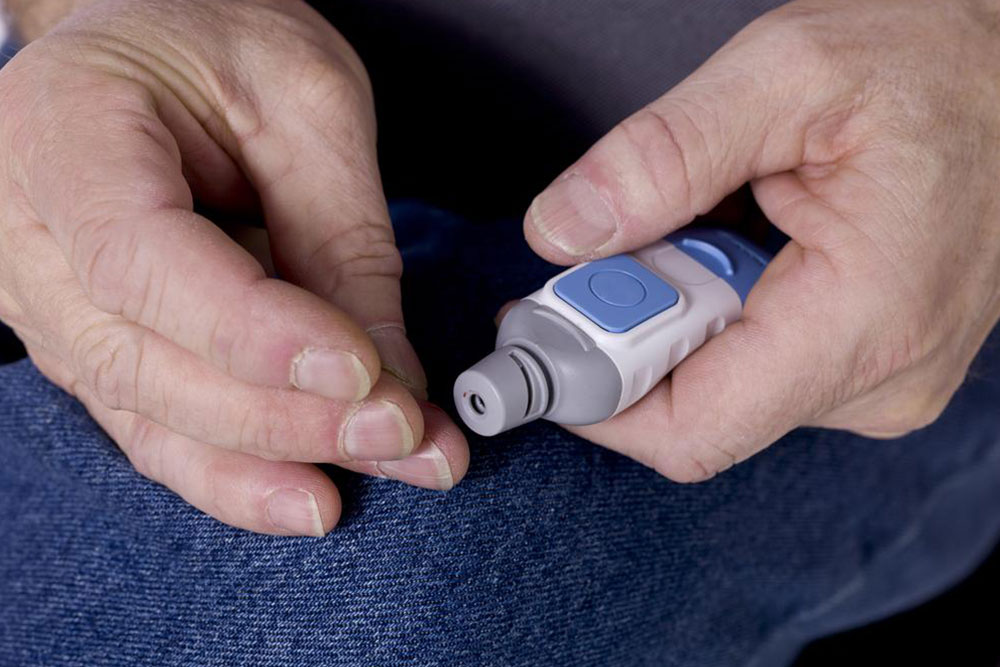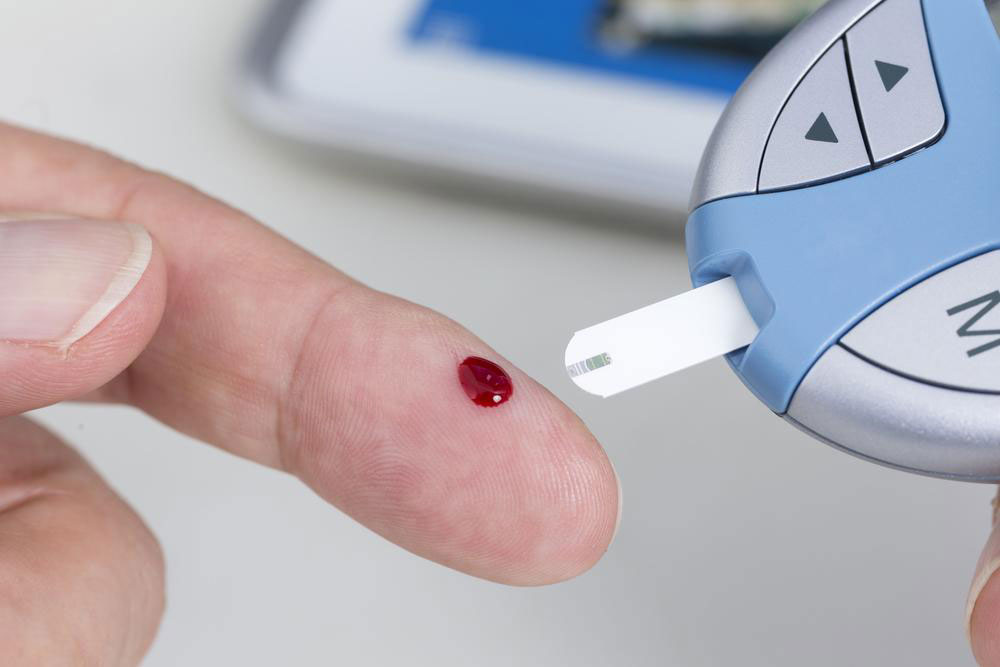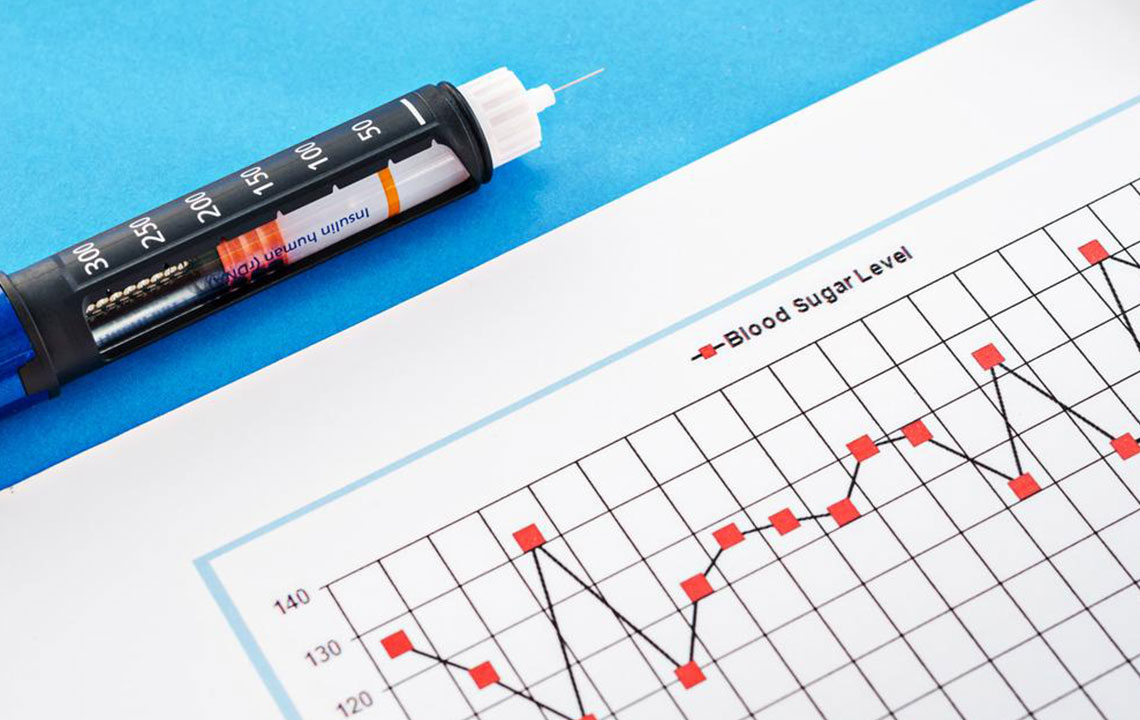Understanding Blood Sugar Levels: Key Facts You Need to Know
Learn essential facts about blood sugar levels, including normal ranges, risk categories, influencing factors, and management tips. This guide helps you understand how to maintain healthy blood glucose levels, prevent diabetes, and recognize symptoms of imbalance. Adopt lifestyle changes such as balanced diet, regular exercise, and fiber intake to improve insulin sensitivity and overall health. Always consult healthcare professionals for personalized advice and accurate testing. Maintain optimal blood sugar levels to ensure long-term wellness.

Understanding Blood Sugar Levels: Key Facts You Need to Know
Blood sugar levels reflect the amount of glucose in your bloodstream, serving as a primary energy source. They indicate how well your body produces insulin and processes sugar. Blood sugar is measured in mg/dL. Normal levels typically range from 70 to 100 mg/dL, rising up to 120 mg/dL after meals. These values are assessed through various blood tests conducted before and after eating. Maintaining blood sugar within recommended ranges is vital for health, with deviations pointing to pre-diabetes or diabetes risk stages.
The body typically restores blood sugar to normal within two hours after eating. Tests such as fasting blood glucose and post-meal sugar levels help determine your status. Values outside normal ranges may indicate hypoglycemia or hyperglycemia. Blood sugar levels are categorized into healthy, pre-diabetic, and diabetic ranges:
Healthy: Fasting levels between 70-100 mg/dL, and post-meal readings below 140 mg/dL, show normal blood sugar status. No diabetes risk is indicated in this range.
Pre-diabetes: Fasting levels between 101-125 mg/dL, and post-meal levels from 140-200 mg/dL, suggest elevated risk.
Diabetes: Fasting over 126 mg/dL, and post-meal readings above 200 mg/dL, confirm diabetes.
Several factors influence these ranges, including age, cardiovascular health, kidney and eye health, and lifestyle habits such as stress, diet, and activity level. For diabetics, target blood sugar levels are typically:
Fasting: 70-130 mg/dL
Post-meal (two hours after eating): below 180 mg/dL
Bedtime: 90-150 mg/dL
Achieving and maintaining these goals should be personalized, with gradual improvements advised to prevent hypoglycemia symptoms like hunger, dizziness, tremors, fatigue, and visual issues. Strategies include consistent exercise, reducing carbohydrate intake, and increasing fiber-rich foods like fruits, vegetables, and whole grains, which help regulate blood sugar and improve insulin efficiency.
Note:
Our content offers helpful health insights but should not replace professional medical advice. Always consult a healthcare provider for personalized diagnosis and treatment plans. The information provided is for general knowledge and may not capture all individual health circumstances.










